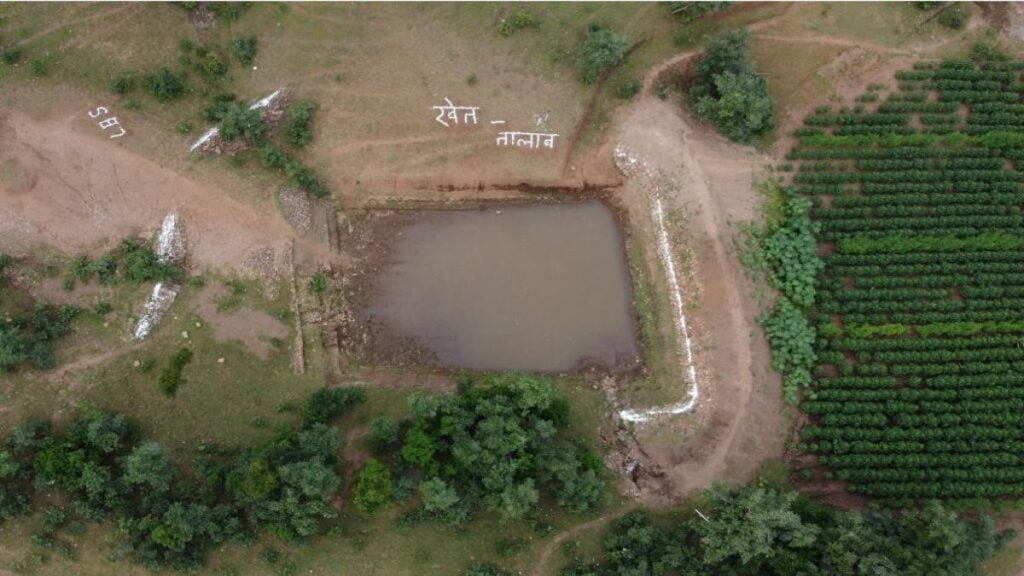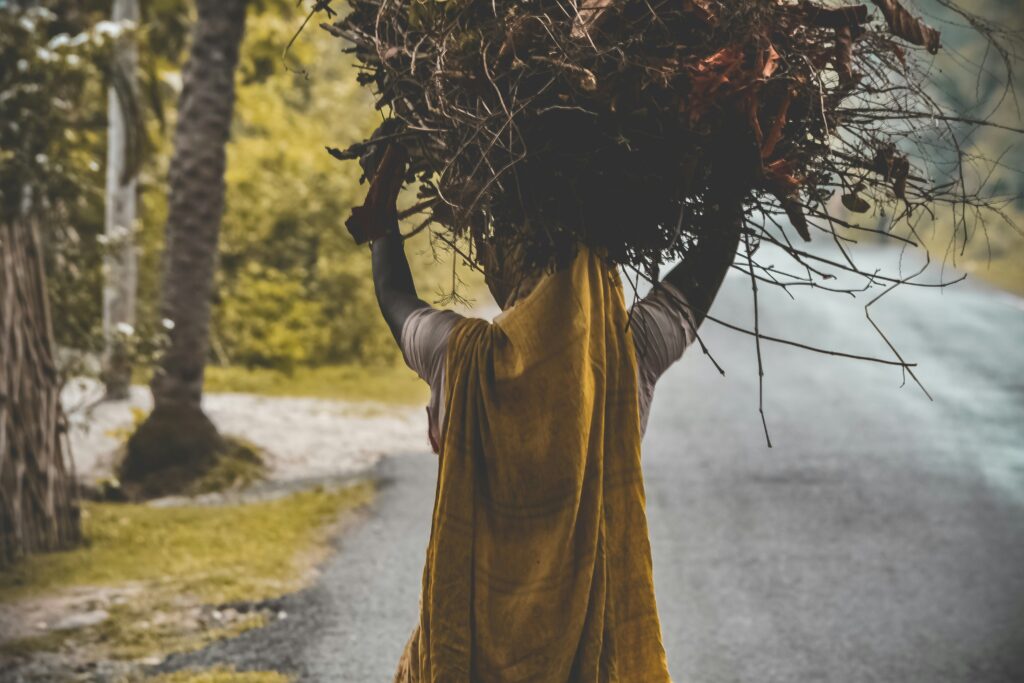In India, the Schedule Tribes have remained on the fringes of growth, but less so in the majority tribal areas of the North East. This has increased the interest in the Sixth Schedule, the special constitutional provision relating to these areas, recognising the tribal communities’ rights of ownership and control over their land and natural resources. These communities have the advantage of protective provisions against ‘external threats’ from the state or private actors, compared to their tribal counterparts in other areas.
This article presents a case study of the socio-political dynamics of community ownership and control of land in the Khasi Hills of Meghalaya. It shows how land loss and marginalisation of families occurred in a state-led township project around the capital Shillong, bringing interesting perspectives to the debates on land management in this Sixth Schedule region.
The study indicates, firstly: that land alienation, displacement and socio-economic marginalisation affect vulnerable people in the tribal communities, despite constitutional protection. Community land control does not in itself ensure protection for individuals against land alienation and marginalisation. Secondly: Land alienation and marginalisation can gain impetus through “external threats”, including development initiatives by the state. However, displacements are also driven by intra-community land alienations. Thirdly: The Sixth Schedule aimed to protect and preserve the tribal communities’ way of life and was primarily a ‘settlement’ between the Indian state and particular social groups.
Individual social justice would presumably flow from protecting and preserving the communities’ own social justice mechanisms. Communal land holdings are one such tribal social security convention that has been assumed to serve the cause of social justice. However, with time, and the influences of modern communications and the market economy, the communities are becoming more heterogeneous, which also challenges the ‘tribal ethics’ of land relations.
Source: CHR. Michelsen Institute




